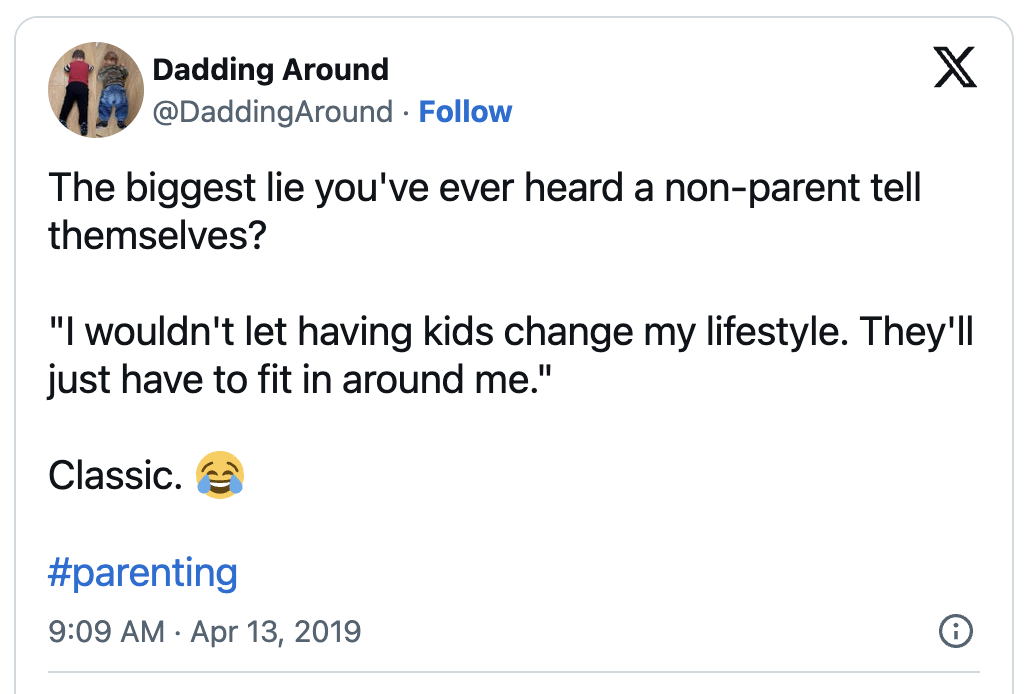🌊Current🌊 vs. control
Have you ever witnessed the heartbreaking confidence of the expectant parent? Wow, do they have it all figured out. With research and planning, they can tell you exactly how they plan to defeat any parental challenges that come their way.
I’ll never forget my cousin’s baby shower, when she received a bassinet and declared with absolute conviction: “This will help her sleep through the night without a problem.” I was pregnant with my second child at the time, and decided not to burst her bubble.
Years later I reminded my cousin, now a mother of two, about how she believed she had solved sleep training with her bassinet research. We erupted into (slightly hysterical) laughter.

There’s nothing wrong with planning and preparation, but that’s doesn’t capture the whole picture. The best bassinet in the world is not going to guarantee a teething baby sleeps, and the most carefully crafted career plan won’t necessarily work out.
In this way, any of us confidently explaining our five-year plan in a job interview is a lot like that expectant parent. We can plan and prepare but we’re still going to need to adapt to unexpected challenges. Our circumstances are fluid, not set in stone.
Another ladder lie
In previous posts we’ve examined some lies the career ladder contains: that we must go it alone when really our careers are full of people acting as tributaries; that the only acceptable path is upward when sometimes we need to step back to succeed; that constant productivity is a must when really we should shift according to the season we’re in.
The next big lie is this: that we alone are in control of our career progress.
Perhaps somewhere in the world, there is a career that actually unfolds exactly as expected over decades. Where the market conditions never change, the next steps are predictable, and the skills the person climbing this ladder has developed lead seamlessly into each promotion. In this environment, putting together a long-term career plan works well. According to Strategic Doing, a stable environment is essential for effective strategic planning.
This is not the reality most of us face: navigating unpredictable changes in a shifting professional environment. Not to mention experiencing shifting priorities in our lives (hello, bassinet).
Want full access to the Career River framework? Become a Navigator and receive this and other resources: